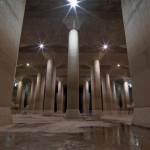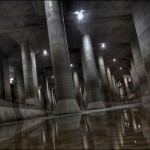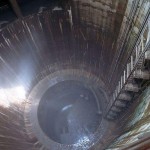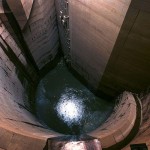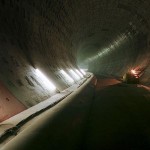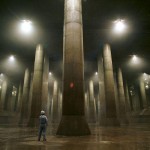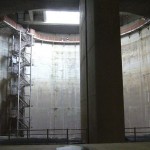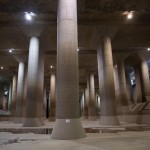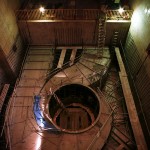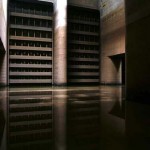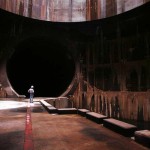อุโมงค์ระบายน้ำแห่งนี้อยู่
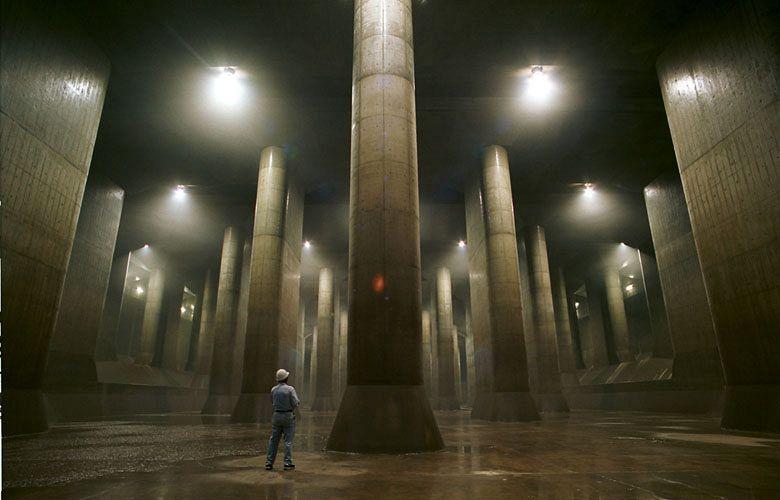
อุโมงค์แห่งนี้สร้างขึ้นในป
และหากมีน้ำท่วมและต้องใช้ง
แต่ว่าเมื่อน้ำไม่ได้ท่วมกั
G-Cans: Tokyo’s Massive Underground Storm Drain
Located on the outskirts of Tokyo, behind a small government building, underneath a soccer field and skateboard park, is an incredibly huge storm sewer system, built to protect the city’s 13 million residents from heavy rainfall and tropical storm floods. The official name of these long, underground tunnels is the “Metropolitan Area Outer Underground Discharge Channel”, but is more commonly called G-Cans. Built between 1992 and 2006, at the cost of $3 billion, this huge underground water management system comprises of 6.4 km of tunnels up to 50 meters underground connecting 5 giant silos, 65 meters tall and 32 meters wide, to one massive tank – the Temple.
The “Underground Temple” is the most impressive feature of G-Cans, that has been used as an atmospheric backdrop in various films and dramas. This giant metal reservoir measures 25.4 meters by 177 meters by 78 meters and is supported by 59 gargantuan pillars. Flood water from the city’s waterways are collected through the tunnels and into the silos. When these fill, water from the silos works its way through a series of tunnels and into the massive “Underground Temple”. From there, four turbines powered by jet engines, pump out 200 cubic meters or 53,000 gallons of water per second into the Edo River.
The utility of such a colossal drainage system is debated by some people. According to Tokyo’s Central Disaster Management Council, if rainfall totaling 550 millimeters over three days hits Tokyo, causing the Arakawa river in Kita Ward to overflow its banks, then up to 97 subway stations would be flooded. That is however a once-in-200 years event, but one that G-Cans would help to drain away.
The G-Can’s project is an incredible engineering feat and strangely beautiful too, and therefore a fascinating tourist destination. When not flooded, tours are conducted twice a day, from Tuesday to Friday. Unfortunately, the tour is conducted only in Japanese. Make sure to bring an interpreter.
Credit:
http://
http://
Source:
https://www.facebook.com/media/set/?set=a.449818018421133.1073741891.359110287491907&type=1

